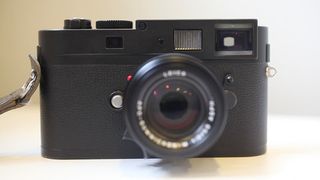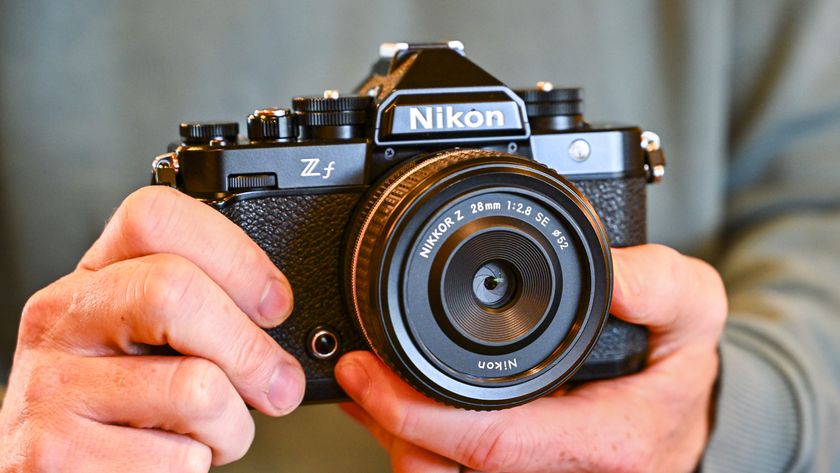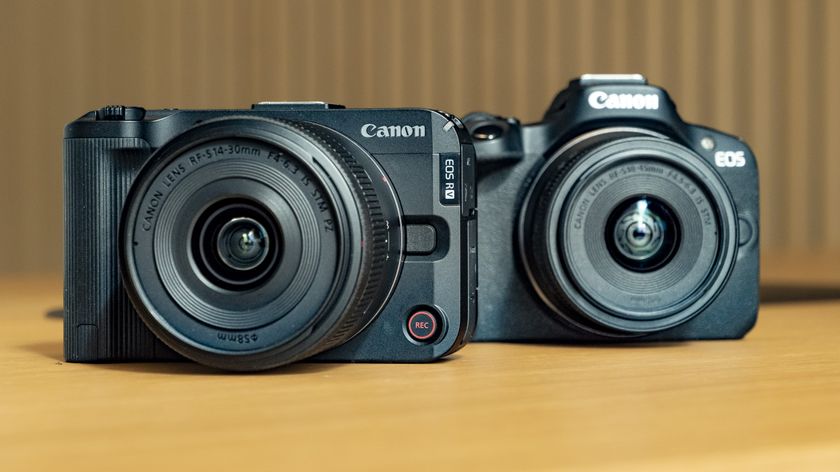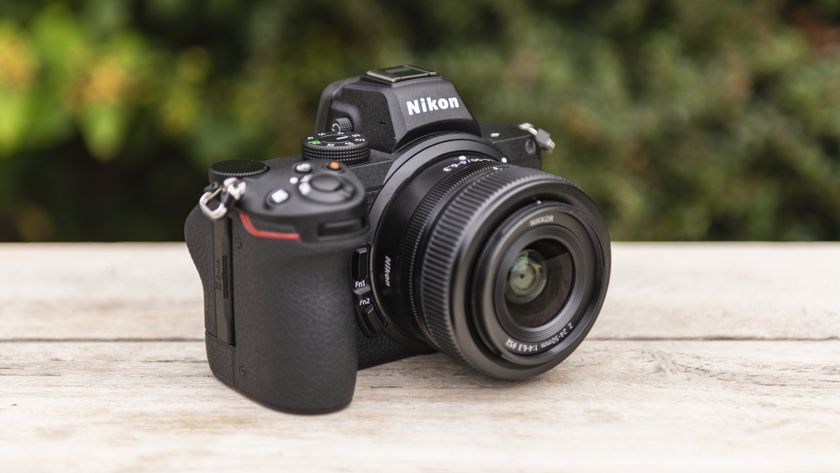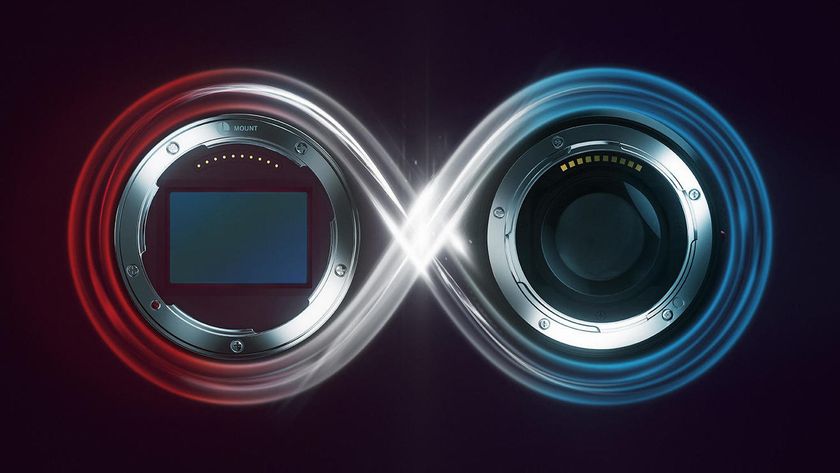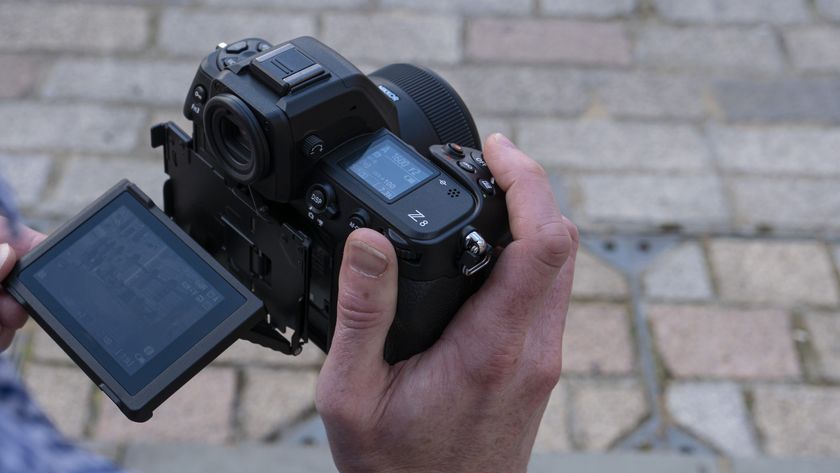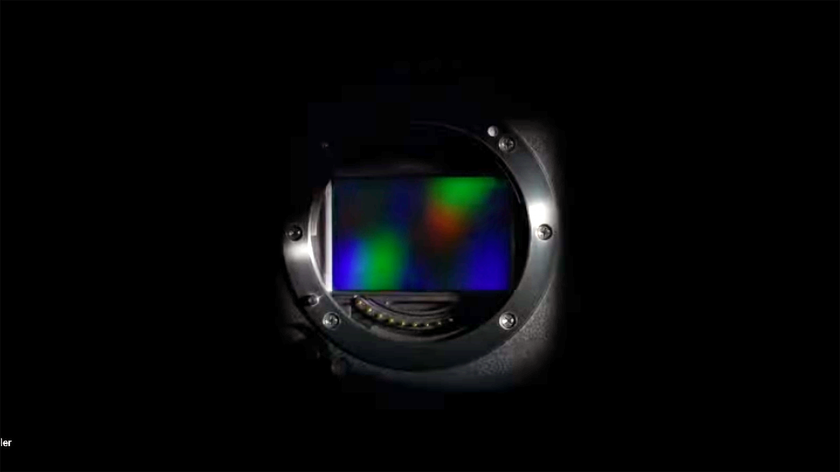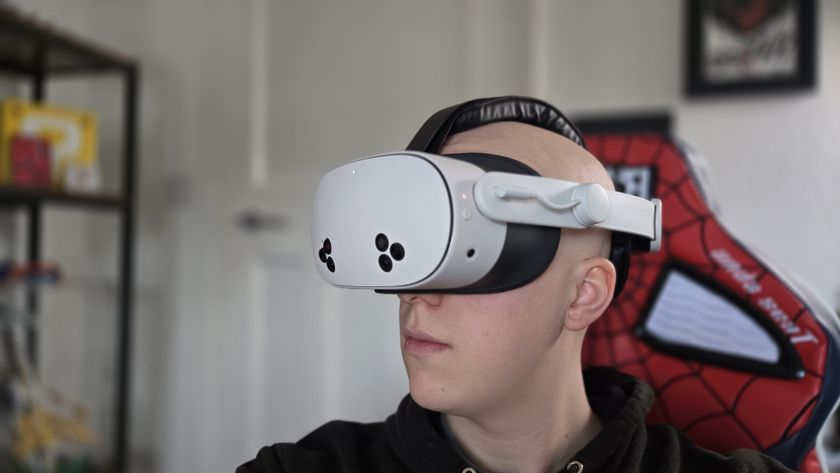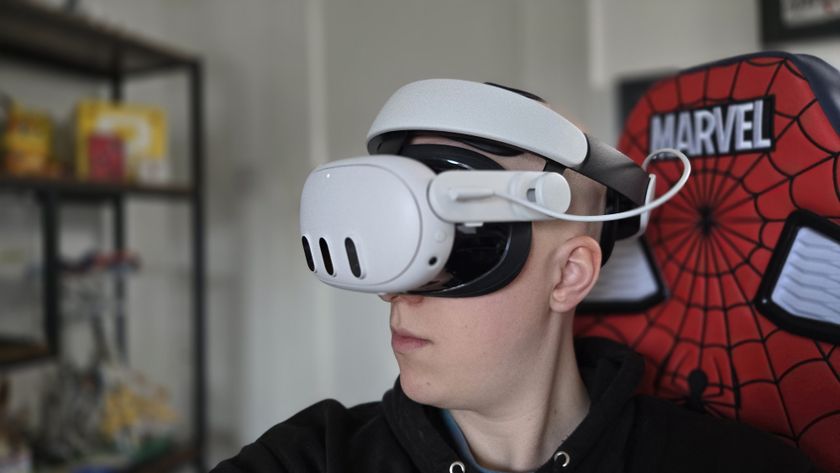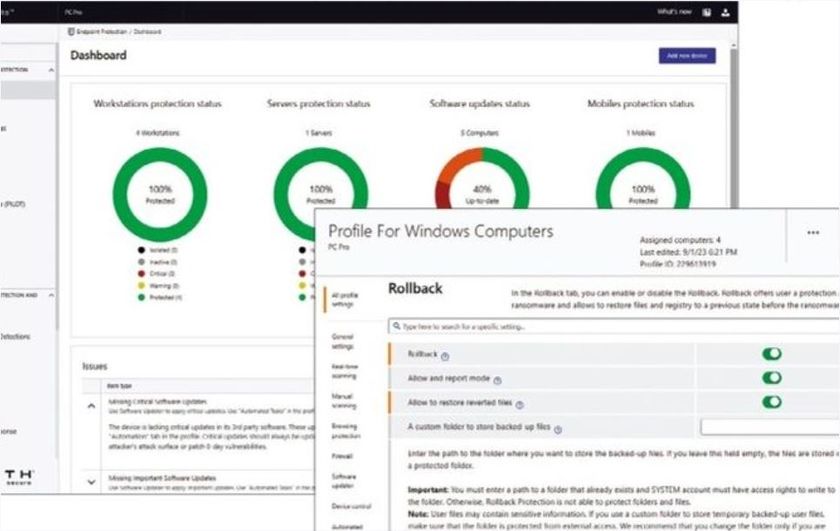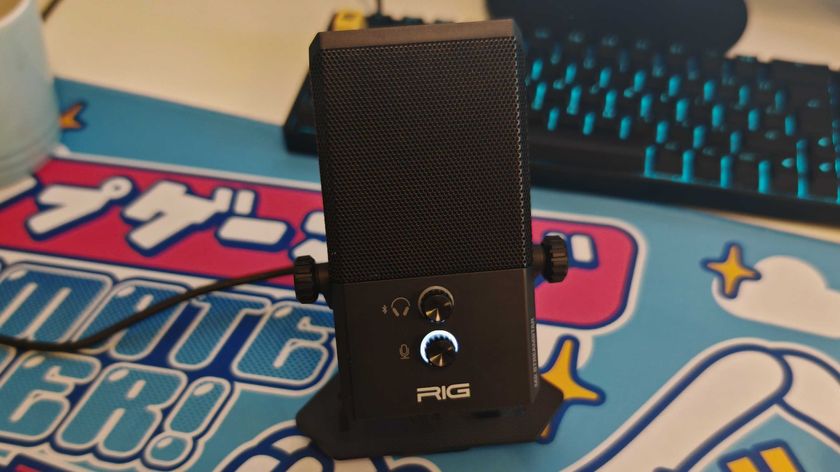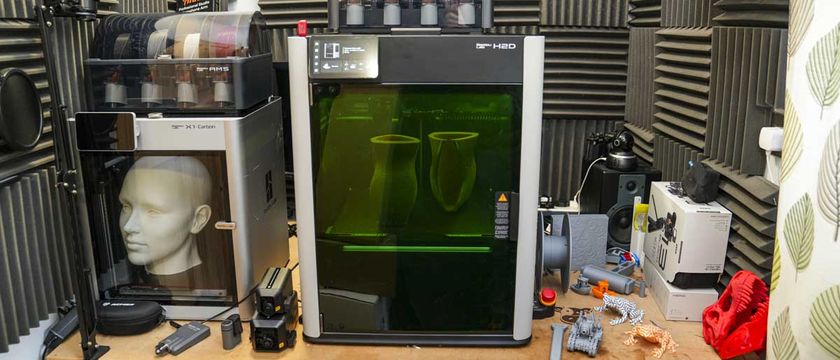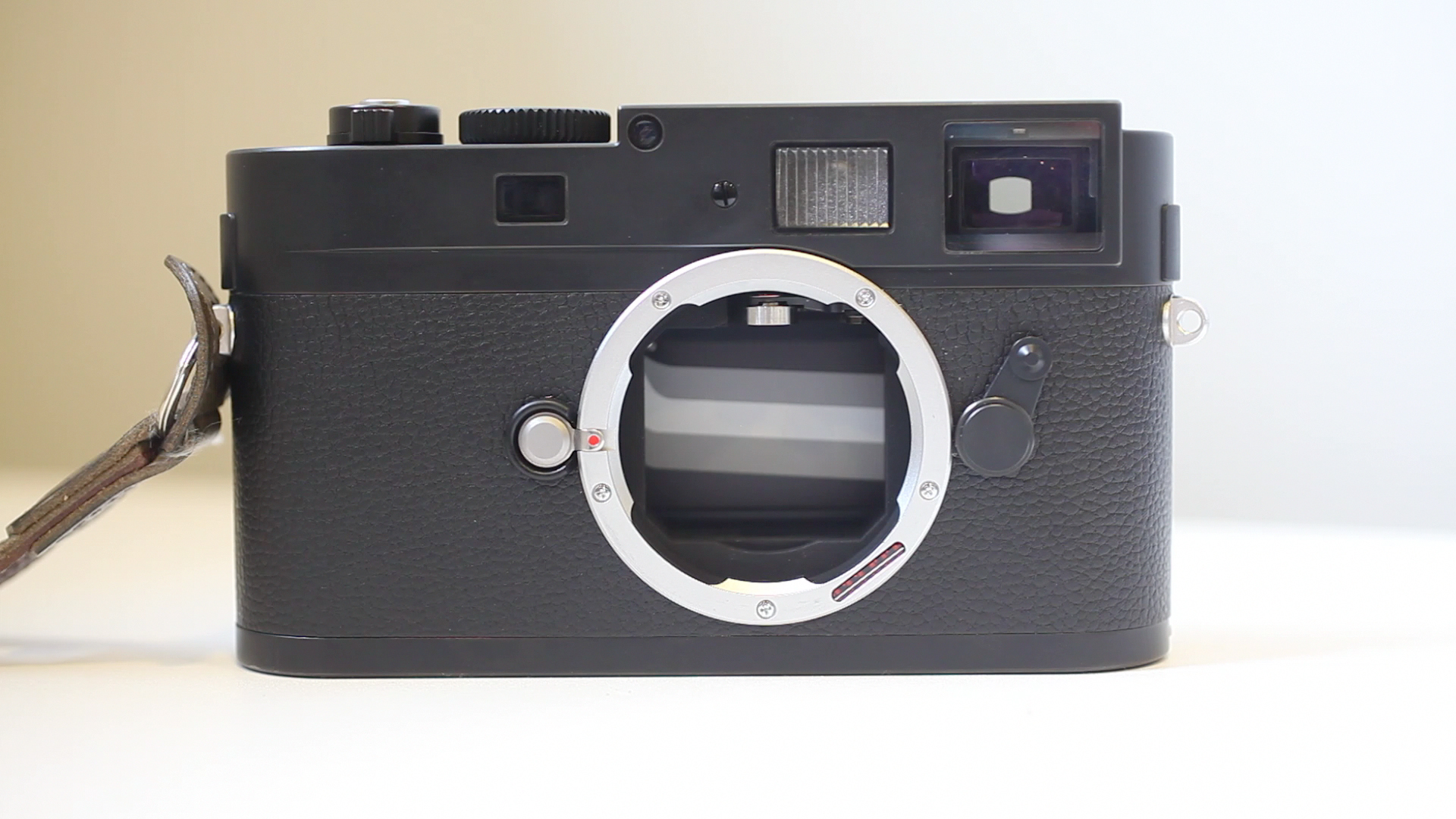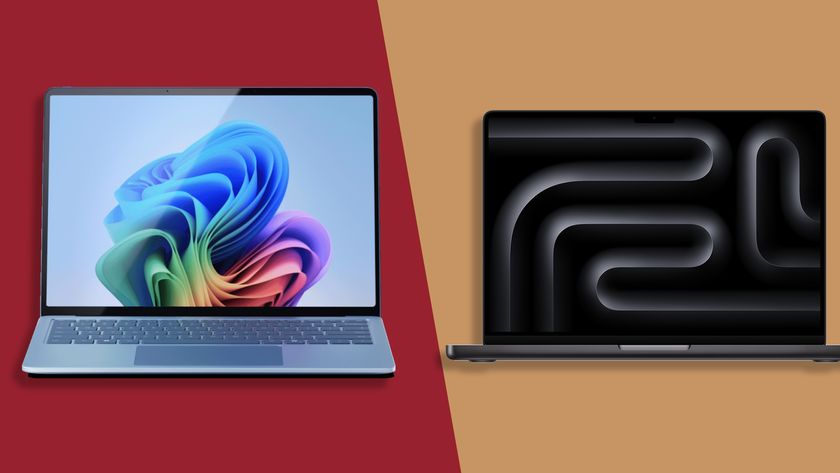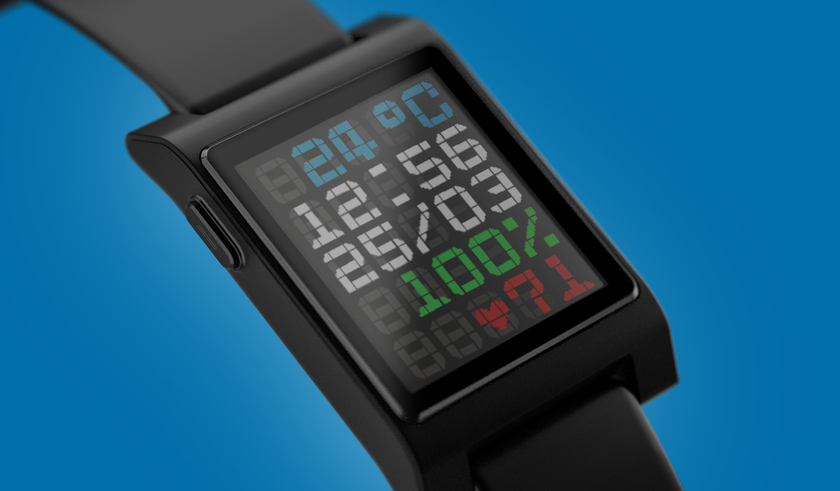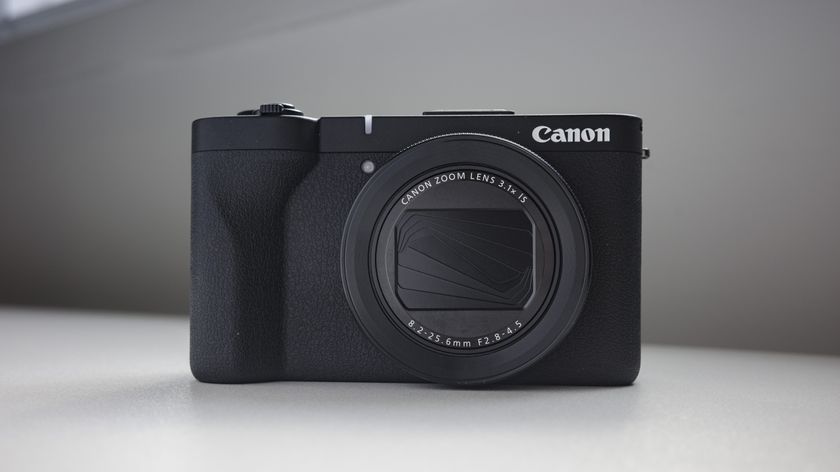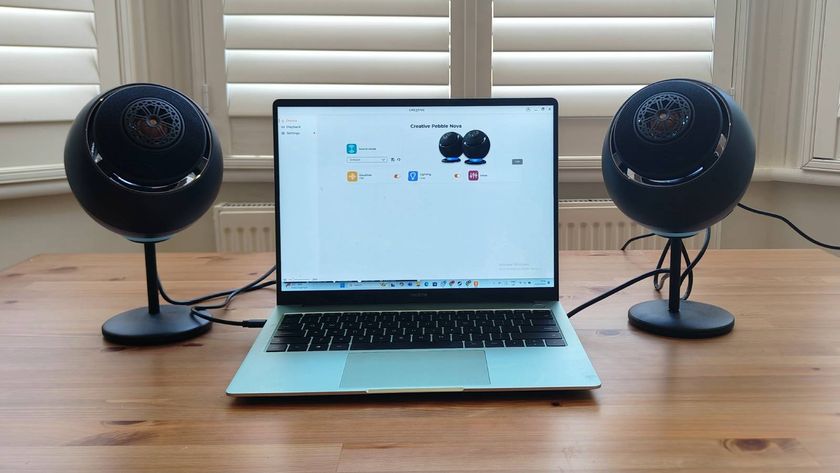Why you can trust TechRadar
In a slightly sinister matt black, the solid and unsophisticated block of Monochrom looks somewhere between military hardware and a Hell's Angel's petrol tank. Its design is either clean or a little featureless, depending on your preference, and the ergonomic touches and grips of other interchangeable lens cameras are nowhere to be seen.
It is a camera that is built to last, and one should rightly expect the body to be functioning well beyond the time the pixel count will seem attractive. And of all the digital cameras we've used, this is the one we would least want to drop, and yet the one which we would have no fear of doing so. The weight and lack of built-in grip mean this is a camera to use with a strap or an optional grip – or both.
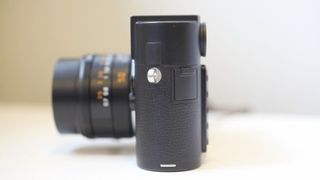
The layout of controls on the body is simple and straightforward, and what features there are for shooting and playback are easily found – except exposure compensation. This favourite feature of ours has to be excavated from the menu system every time you want to use it – until you discover that a custom setting can assign the rear dial to its control.
Those used to being able to keep abreast of settings in use will find it difficult to acclimatise to the information panel in the viewfinder. The exposure indicator shows only under-, correct or over-exposure, with no scale to tell you by how much you're off course. There's nothing to tell you what aperture is in use, and shutter speeds show only when set automatically in aperture priority mode.
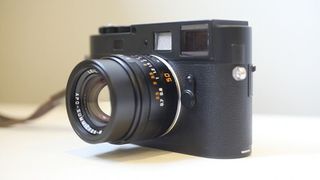
The rangefinder dual image focusing system is as bright and quick to use as we have come to expect from Leica, but for some reason this time we struggled to shoot uprights without blocking the rangefinder window. It could be because the camera is fatter than the sleek film models we're more acquainted with, but it took some time to find what felt like a secure gripping technique for shooting in portrait orientation.

The Leica M-Monochrom's menu system is somewhat antiquated, with the entire collection of options in a single index stream that seems to scroll forever. Making changes to the listed items is not always straightforward either, as some alterations require a confirmation press of the 'set' button, while others don't. After a while you'd probably get used to it, but we're not sure it would ever become more convenient.
Performance
Images from this camera are characterised by a high volume of very deep greys, as though the tail of the tone curve is pulled down at the end, as we might expect from a long process in dilute chemistry. The look straight from the camera is striking and suits gritty subjects and mysterious documentary images very well, though on occasions we found it a little overwhelming.
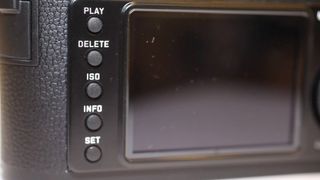
The top of the curve pings upwards in a kink, and burns highlight tones very quickly, a characteristic which only made us want to aim for darker shots and thus more of those darker shadows.
Fortunately, both JPEG and raw files contain plenty of information, and while JPEGs do run out of steam more quickly, the DNG raw files can handle a good deal of tonal manipulation with minimal degradation of the image.
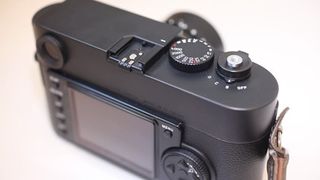
Detail is certainly well preserved, and although the images were noisier than we expected, the noise features a more pleasant tight grain pattern than we are used to – and is thus much less offensive.
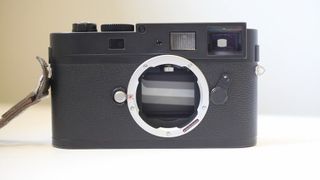
I compared the camera's colour response to that of a normal Bayer pattern sensor working in black and white mode, and with a colour image switched between channels in Channel Mixer. I remain somewhat mystified by Leica's choice of spectral sensitivity. The images are much more blue/red sensitive than we're used to, even from film, and have an air of blue channel conversion mixed with the density and contrast of ortho film.
With raw files, of course, we have the chance to alter the look of the images a great deal. But we rather missed the choices that RGB monochrome present. We could always go back to using coloured filters over the lens if we really wanted to.
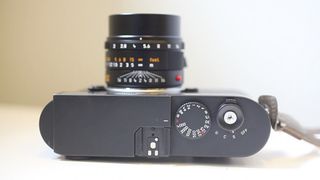
Having said all that, I am extremely pleased with the images that the camera produced. The distinctive look took a while to get used to, but we were soon able to shoot with that style in mind – as we would have done with film. If that style appeals to you, you'll be very happy.
For a camera that you would think is ready to capture the decisive moment, the Monochrom spends rather too much time processing images. Leica needs to introduce a processing engine with a higher performance so that the camera clears more quickly and images render on the rear screen with less delay. While the images from the Monochrom are very nice indeed, the process of making them can be torturous.
Verdict
The Leica M-Monochrom is like no other camera on the market and it's extremely difficult to pass judgement on it by way of comparison. This test provided one of those rare occasions where I enjoyed looking at the pictures produced more than I did actually using the camera.
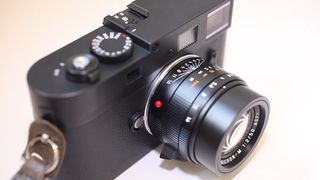
The Monochrom is an awkward beast to handle and demands that you alter the way you see as well as the way you work. Essentially it offers little in the way of flexibility. The images it produces are extremely good, and even the noise is attractive, but the tonal characteristics are dark and moody, and find light and jolly subjects a challenge. It shoots like a TV news programme – full of dramatic grit, dirt and death, with only the occasional positive story.
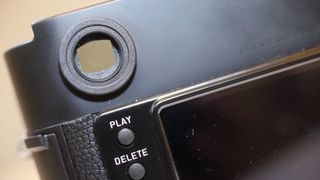
The question of whether it's worth its price tag is redundant – of course it isn't, but that won't stop Leica selling out, because there are more than enough people with money to spend who will want one.
We liked
Exceptional detail and versatility from the raw files allows dramatic post-capture editing, so you can remodel images the way you want. And the Monochrom is built to last forever.
We disliked
The viewfinder information and menu system are prehistoric, while the rear screen really has no place on a camera that offers such image quality and demands such expense.
Final verdict
It is a little unfair to score this camera against the values of normal products, as it is designed to stand apart from and against so many of those measures. It intentionally has limited features, but perhaps it is too pared down, and there are a number of handling issues that are plain unhelpful. Image quality though, is outstanding.
